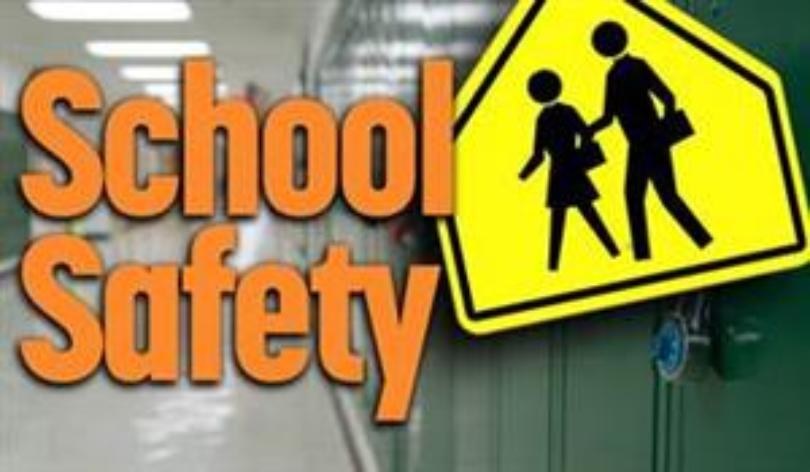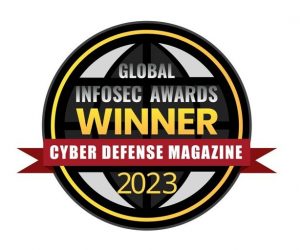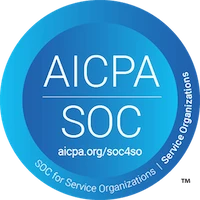This past week I was fortunate to attend the Campus Safety Conference in Las Vegas as a sponsor, and to meet with many education safety professionals. School safety has been around for as long as schools have, but the last few years have changed the nature of it – a lot more focus now is on shootings (in particular) and dealing with traumatic incidents (in general). In no particular order here’s what really stood out to me:
PASS Initiative & Guidelines:
The Partner Alliance for Safer Schools (PASS) is an initiative rooted in K-12 school safety, but it is an incredibly impressive effort and tremendous resource for any physical security professional who has responsibility for a campus environment (including higher ed, healthcare, and corporate campuses). The effort is lead by Guy Grace from Littleton (CO) Public Schools and has a deep bench of people involved from all parts of the physical security industry. No surprise then it is incredibly comprehensive, and at a time when physical security technology is advancing at fast pace, it’s very up to date. If you have not already, check it out at: https://passk12.org/
Solutions to Treat Symptoms (not Cause):
While there are certainly “root causes” to the epidemic of school shootings, there are seemingly few solutions to those root causes (at least available to school safety professionals). What is available to them are ways to treat the symptoms of school shootings – shot detection, emergency notification systems, kits to stop traumatic bleeding, sprays to cripple an assailant, and so forth. Active shooter training for both students and employees is another form of treating the symptoms. Physical security systems (cameras, access control, analytics, service assurance, etc.) were also a focus at the conference, and are widely used in school safety (over 90% of school already use video surveillance, for example). But while those physical security technologies can be effective as deterrents, ways to capture situational awareness, and for evidence gathering, they still do not prevent the root causes of school violence.
Reality Check on Money:
As every discussion on schools eventually get to, money is a key issue for virtually every campus. With limited funds schools need to be careful in what solutions they choose to deploy, and how to maintain those systems. One trend I noticed is more forms of automation and interconnectivity to reduce costs while improving safety. That the shooter detection system automatically can trigger emergency notifications, deployment of bleeding kits, and other systems is one example of saving time, money, and lives through automation (seconds count!). However, I also came across “institutional barriers” preventing automation and efficiency – for example, one administrator uses their security staff to manually check every week to see if cameras are working properly, because “you can’t threaten their job security”. Budgets may be tight, but I came away with that and other examples of how security could be improved if budget was managed better.
Collaboration Between Schools:
As expected, the collaborative nature of education extends into school safety. It was heartening to see how much sharing of information and best practices goes on in the community. Of course, conferences are natural grounds to witness just that, but I also saw many examples of school safety professionals knowing what is going on at other schools, and how their networks for information sharing go well beyond conferences. It is hard to be involved in school safety without acknowledging how heartfelt and deep the commitment is of these professionals, especially at a time when (to me as an outsider) it is harder than it’s ever been.
In summary, there is probably no part of the security industry that has such powerful and visceral reactions to their issues than with campus safety. Unlike other trips to Las Vegas, this one was sobering. Incidents are growing in both number and impact, and the scale of making every school fully safe and secure is seemingly impossible to achieve. Yet the path to having more and better solutions is being paved every single day within the school safety community, and meaningful progress is being made. I just hope the progress continues at a faster pace so that we can look back on eliminating school violence as on of the major accomplishments of the physical security industry in this century.







